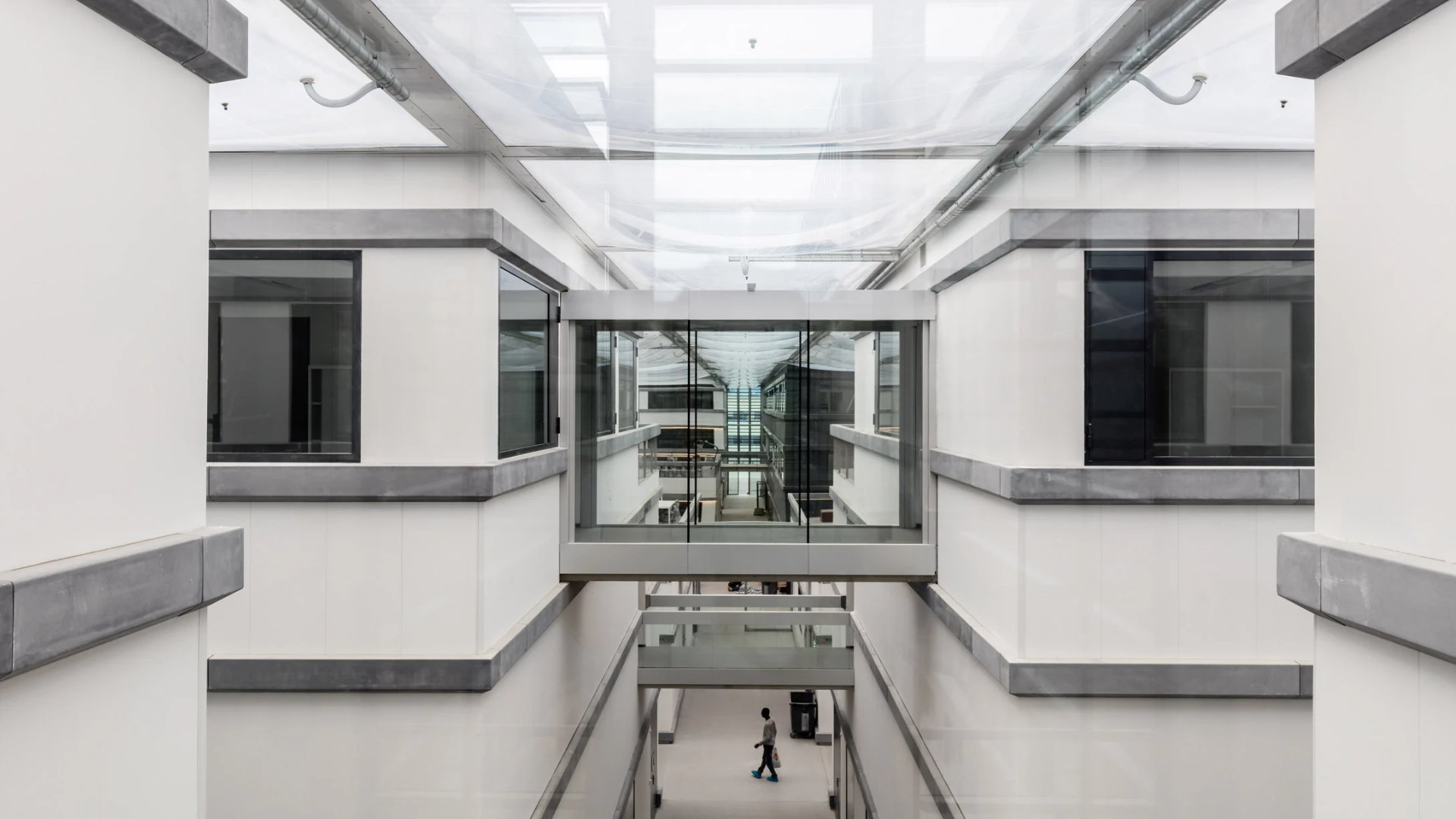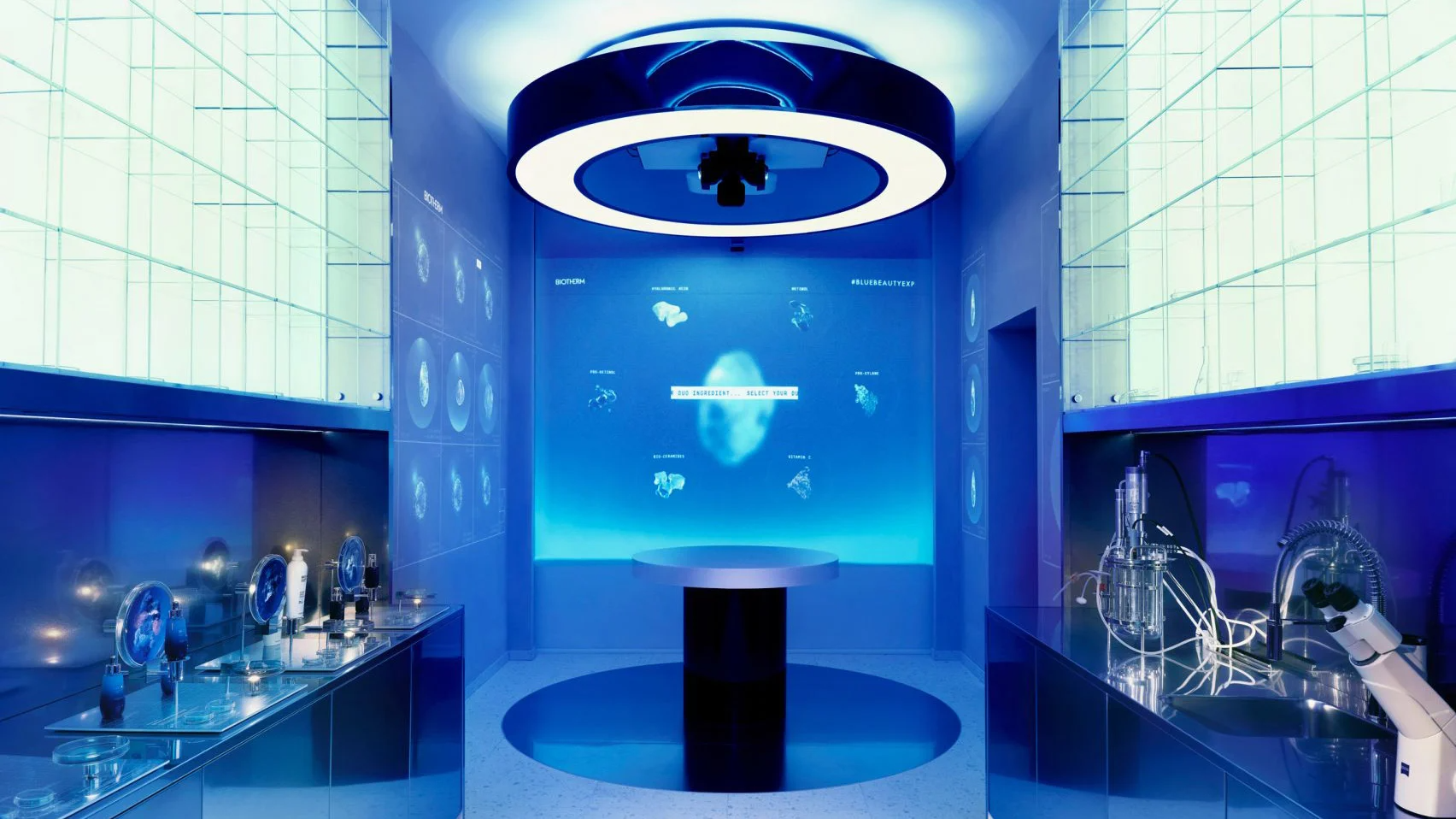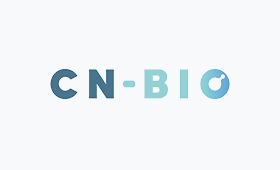ADVANCEMENTS IN TECHNOLOGY INTEGRATION TRANSFORMING SCIENCE AND LABORATORIES
Integrations of advanced technologies has revolutionised the way experiments are conducted, data Is analyzed, and discoveries are made. From automation and robotics to artificial intelligence and machine learning, these technological innovations have significantly enhanced efficiency, accuracy, and the scope of scientific exploration.

aUTOMATION AND ROBOTICS
One of the most significant advancements in laboratory technology is the widespread adoption of automation and robotics. These systems are capable of performing repetitive tasks with precision and speed, reducing human error and freeing up researchers' time for more complex analyses. Automated liquid handling systems, for example, can accurately dispense tiny volumes of liquids, streamlining processes such as drug discovery and genetic research.
The global laboratory automation market was valued at £4.4billion in 2020 and is projected to reach £8.2billion by 2027, with a compound annual growth rate (CAGR) of 8.5% from 2021 to 2027. This growth is driven by the increasing demand for high-throughput screening, liquid handling, and sample preparation solutions in pharmaceutical and biotechnology companies.
ARTIFICIAL INTELLIGENCE (ai) AND mACHINE LEARNING
AI and machine learning algorithms have transformed data analysis in scientific research. These technologies can sift through vast amounts of data, identifying patterns, correlations, and insights that may not be apparent to human researchers. In fields like genomics, AI-powered algorithms can analyze genetic sequences to uncover mutations associated with diseases or predict the structure and function of proteins.
The AI in the healthcare market is expected to reach £107.3 billion by 2027, with a CAGR of 41.8% from 2020 to 2027. In the field of genomics, AI-powered algorithms have been used to analyse genetic data from large-scale studies such as the UK Biobank, uncovering novel gene-disease associations and therapeutic targets.


HIGH-THROUGHPUT SCREENING
High-throughput screening (HTS) platforms enable the rapid testing of thousands of compounds or samples for their biological or chemical activity. Combining automation, robotics, and AI-driven data analysis, HTS systems have accelerated drug discovery, allowing researchers to identify potential therapeutic compounds more quickly and efficiently than ever before.
The global high-throughout screening market was valued at £19.49 billion in 2020 and is projected to reach £36.29 billion by 2027, with a CAGR of 8.7% from 2021 to 2027. This growth is fuelled by the increasing demand for drug discovery and development, particularly in oncology, infectious diseases, and personalised medicine.

NEXT-GENERATION SEQUENCING (ngs)
Next-generation sequencing technologies have revolutionized genomics research by enabling the rapid and cost-effective sequencing of entire genomes. These techniques have fueled discoveries in areas such as personalized medicine, evolutionary biology, and the study of complex diseases. NGS platforms can generate vast amounts of sequencing data, which is then analyzed using advanced bioinformatics tools and algorithms.
The global next-generation sequencing market was valued at £10.4 billion in 2020 and is projected to reach £31.1 billion by 2027, with CAGR of 15.1% from 2021 to 2027. This growth is driven by the declining cost of sequencing, technological advancements in NGS platforms, and the rising demand for genomic testing in clinical diagnostics and precision medicine.
3D PRINTING AND ADDITIVE MANUFACTURING:
3D printing and additive manufacturing technologies have found applications in various scientific disciplines, from fabricating custom laboratory equipment to creating intricate tissue scaffolds for regenerative medicine. Researchers can design and prototype complex structures with unprecedented precision and speed, accelerating innovation in fields such as biotechnology, materials science, and nanotechnology.
The global 3D printing market was valued at £13.78 billion in 2020 and is projected to reach £331.2 billion by 2026, with a CAGR of 30.4% from 2021 to 2026. loT-enabled sensor networks in laboratories provide real-time monitoring of environmental conditions, equipment performance, and sample integrity, improving experimental reproducibility and data quality.






VIRTUAL AND AUGMENTED REALITY:
Virtual and augmented reality technologies are transforming scientific visualization and simulation. Researchers can immerse themselves in virtual environments to explore complex biological structures, simulate chemical reactions, or practice surgical procedures. VR/AR systems also facilitate collaboration among scientists by enabling remote access to shared virtual spaces for data analysis and discussion.
The global augmented reality (AR) and virtual reality (VR) in healthcare market was valued £2.57 billion in 2020 and is projected to reach £71.97 billion by 2027 with a CAGR of 58.5% from 2021 to 2027. In the field of medical education, VR/AR technologies are being used to simulate surgical procedures, anatomical structures, and laboratory experiments, enhancing training effectiveness and reducing the need for cadaveric specimens.
CYBER-SECURITY AND DATA-PRIVACY
As laboratories become increasingly reliant on digital technologies and cloud-based platforms, cybersecurity and data privacy have emerged as critical concerns. Protecting sensitive research data from cyber threats and ensuring compliance with regulations such as HIPAA and GDPR are paramount to maintaining the integrity and confidentiality of scientific research.
The global cybersecurity market was valued at $167.13 billion in 2020 and is projected to reach $366.10 billion by 2028, with a CAGR of 10.9% from 2021 to 2028. As laboratories increasingly rely on digital technologies and cloud-based platforms for data storage and analysis, ensuring cybersecurity and data privacy compliance is critical to protecting sensitive research data from cyber threats and unauthorized access.

In conclusion, the integration of advanced technologies into science and laboratories is driving unprecedented growth and innovation in the research and healthcare industries. From automation and robotics to AI and machine learning, these advancements are transforming the way experiments are conducted, data is analyzed, and discoveries are made, paving the way for groundbreaking advances in medicine, biotechnology, and beyond.
Contact us to get in touch for your new sustainable fit-out office here.
READ OUR WORKPLACE GUIDE
HOW MUCH DOES A COMMERCIAL FIT-OUT COST IN 2024?
In 2024, the overall cost of an office fit out will vary depending on a variety of factors including size and scope, materials used, labour costs and finishes. Companies may also encounter unexpected costs related to site access and regulatory requirements. Planning ahead can help manage the costs of a commercial fit out as this will allow for research into suitable materials and suppliers, meaning it is important to do detailed research before making any decisions.
.png)
LET'S TALK ABOUT YOUR NEXT REQUIREMENT

